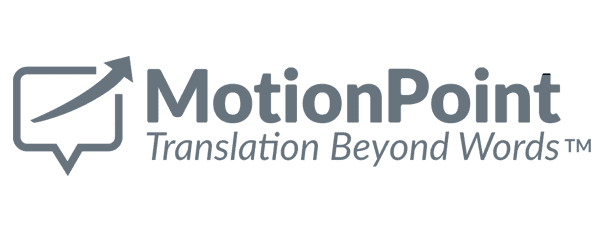




When your company is looking to reach new international customers, establishing a solid SEO strategy quickly becomes a priority. But building SEO value for multilingual websites has different challenges than it does for single-language sites serving domestic markets. International SEO requires its own set of best practices.
Read on for actionable advice that can help your global SEO efforts.
SEO keywords matter just as much for your localized international websites as they do for your origin site. Translated keywords help increase the discoverability of multilingual websites in local search results.
These best practices can help maximize the SEO visibility of your global sites:
Presenting the entirety of your online content in a market’s preferred language is the most viable option for earning the business and trust of global customers.
It’s also the best way to feed search engines quality content with in-language SEO keywords that will boost your ranking and relevancy in search results.
Some concepts related to your brand identity or products might not translate directly, or might require a different approach to convey the idea to your customers. In this case, a simple translation of keywords might not be enough.
Localization—or nuanced translation that captures the culture and preferred words and phrases of a target market—can help make your content feel like it was written just for customers in specific markets. It also benefits your in-market SEO with keywords that match what locals are actually searching for in their preferred search engines.
Leveraging translation memory—a special database that contains all of a website project’s translated content—maintains the consistency of SEO keywords by reusing translated words and phrases throughout an international website.
A bonus benefit: You can re-use translations for omnichannel content, such as social media posts. This can boost traffic through social sharing and relevant backlinks.
Connecting your multilingual websites will give customers a seamless, trust-building global experience. More importantly for your SEO, this practice helps your translated websites increase in page rank and relevance in global search engines.
Make sure you follow these well-established strategies:
Connect your multilingual websites by cross-linking them to each other. Search engines value these links because they are relevant and related to each other. Your customers value these links as well, because it enables them to navigate to different language versions if they wish.
In many instances, your global customers may visit your origin website and need to find the localized version of the site in their language. If they don't find that site right away, they likely leave-often never to return.
You can mitigate this risk with smart language-detection technology that algorithmically determines what language a user prefers, and seamlessly prompts them to visit the proper localized website.
Through implementation of hreflang tagging, your localized website’s URLs can be organized and automatically associated with a URL from your origin website. This provides a signal to Google that a translated—and likely better—user experience exists for customers who speak a certain language.
Beyond optimizing your SEO keyword strategy and establishing connections across your global properties, there are some technical tweaks you can make to help search engines find your translated websites.
Use various webmaster tools to submit your localized sites to Google, Bing and other search engines to ensure they get crawled and indexed. Otherwise, it could take a while before your global sites show up in organic search results.
In addition to the most common global search engines, make sure to determine the search engines your global customers may use (such as Russia’s Yandex and South Korea’s Naver) and submit your sites to them, too.
Also, ensure your website is accessible to search engines by:
Your multilingual websites should contain SEO-rich metadata—like translated titles, descriptions and local schema data—that search engines can use to determine website quality, content relevance and page rank.
Localize this keyword-rich content to help your site rank highly in local search engines.
Implementing these international SEO best practices can help improve your visibility in local search results and increase organic traffic.
It’s important to note, however, that this requires a balance of marketing, technical, linguistic and cultural know-how to do correctly.
Great content localization providers can help with that balancing act. Look for solutions that:
Ask your existing localization provider how it can help you with your multilingual SEO—or look for one that specializes in these optimizations.